Sebastian Peninoti – Polaroid transparencies by Cecile Sabella

These two works hanging above each other feel like moving images. Erotic and mysterious, it takes some time to discover the images, to figure out where the image begins and ends, forcing me, the viewer, to take one’s time with it. Each photograph seems to stand alone in what is actually a coherent body of experience.
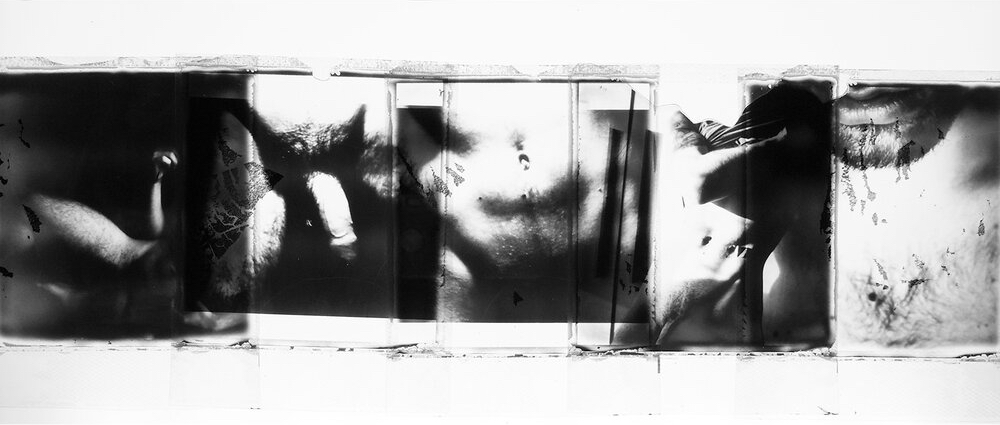
Fox – Marie Charlotte Nouza by Cecile Sabella
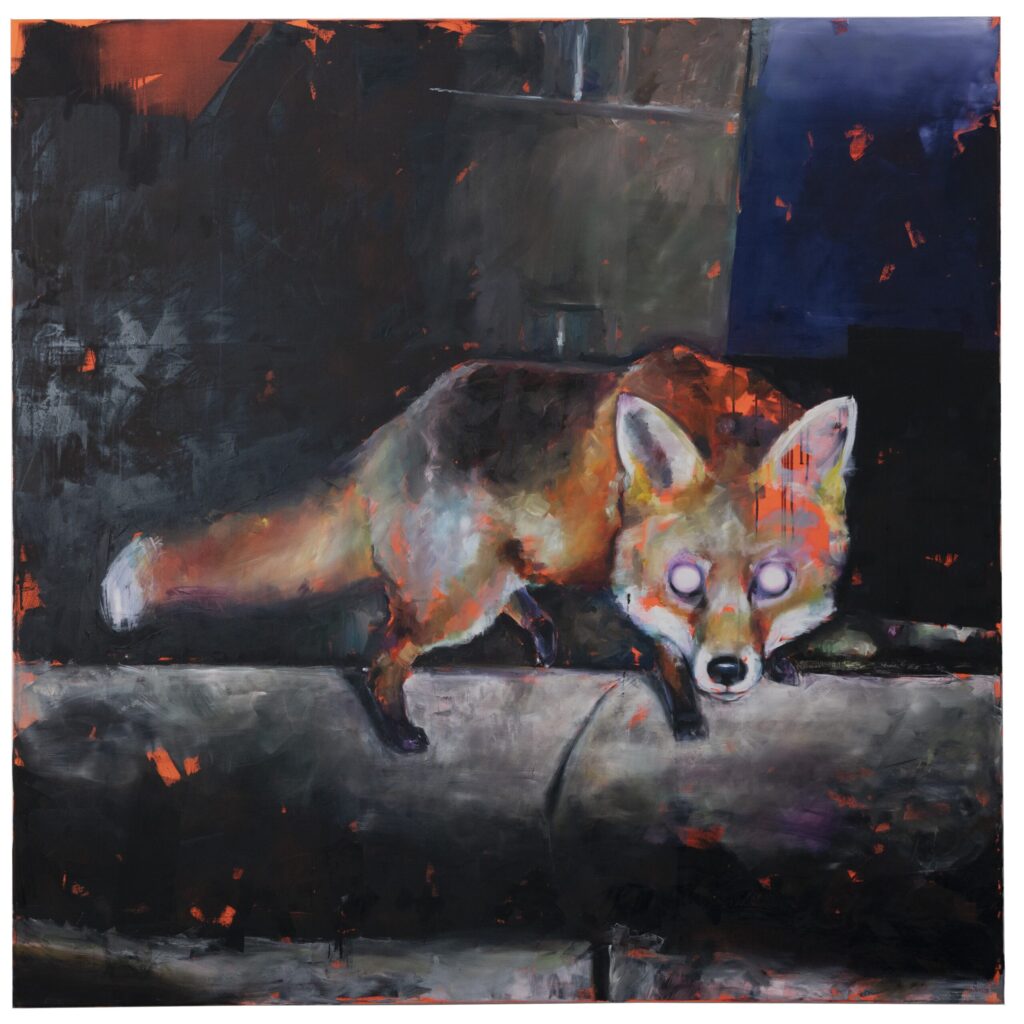
As a viewer, I feel conflicted whether the fox is scared of me or interested in enticing me into its world. The fox’s eyes ask me to stare into them.
The work reminds me of a friends story. He shared: in moments of turmoil or confusion he would sit down and contemplate when each time a fox passed his way, stared at him and then continued.
I feel this is what the fox could have looked like.
Rewind the Future
On Saturday 23rd April, NFT Art Berlin came to an end. The Ballery family have really enjoyed joining Bright Moments Gallery in a one of a kind festival that brought NFT curious people and major Crypto space players together IRL for the first time.
This event and activity has brought us all to imagine how we would like to be part of shaping cultural events post pandemic. NFT’s are bringing people together not online but in exciting venues around the world. The NFT world is not only about making money, it encourages networking and playing with the unknown, a new sense of creative freedom and adventure.
Today on Monday i guess we all are in a kind of let’s see what happens next mode… I just know that things can’t be like they have been…
A new NFT for the collection!
I am delighted to have acquired a Crypto Citizens NFT for The Ballery Collection. CryptoBerliners are the fourth edition in the CryptoCitizens series, a limited-release generative art collection based on real people from communities around the world. Have art working for you in your wallet and on your walls!
Check out The Ballery openseas profile
Every evening at NFT Art Berlin. Guests experience a moment of cultural history a performative NFT of Philip Glass and Robert Wilson’s opera, Einstein on the Beach.
Since it was first performed at the Avignon Festival and the Metropolitan Opera in 1976, Philip Glass and Robert Wilson’s Einstein on the Beach has become widely regarded as the cornerstone work of the American Avant-Garde, and one of the greatest artistic achievements of the 20th century.

At the beginning of the final act, set against Glass’s sonic masterpiece, a single horizontal light bar rises until fully vertical, and then floats out of the frame. This is the moment that Wilson and Glass chose to tokenize as the first NFT of Bright Moments icon series.
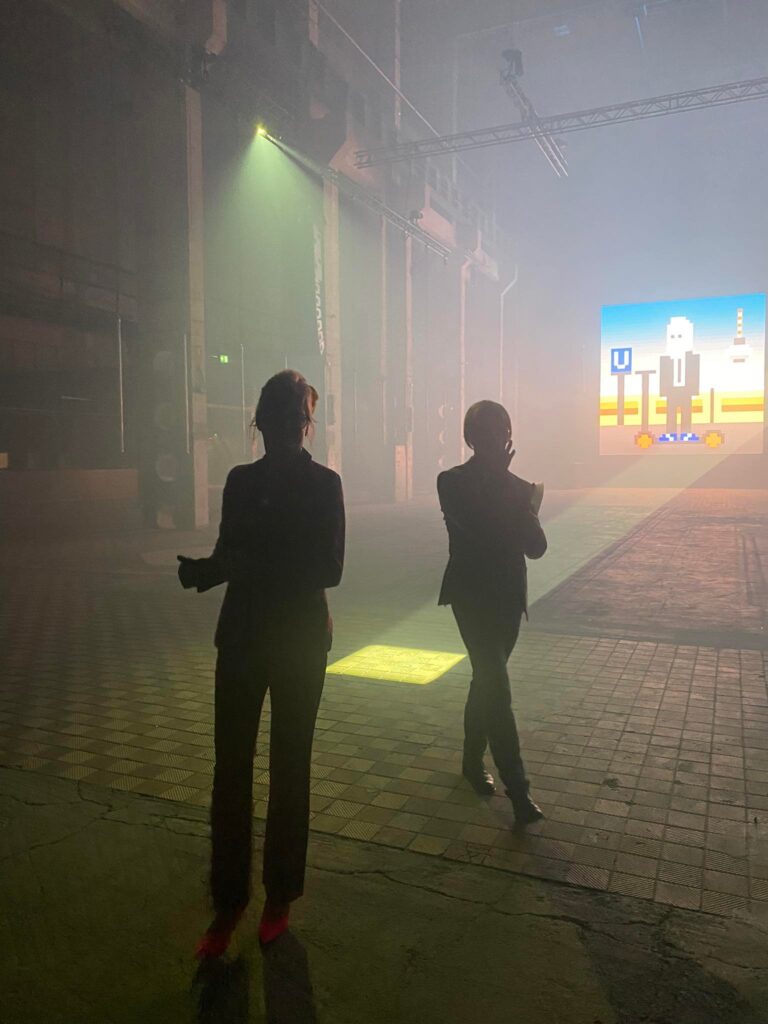
When a piece of digital artwork created by a little-known artist sold at auction for $69 million this spring, the technology suddenly became a hot topic of conversation well beyond those who track the latest crypto-related fads. More NFT (non-fungible token) sales followed — some 85,000 in May alone — with reports that everyone from Tom Brady to Paris Hilton were jumping on the NFT bandwagon.
But as individual investors were hit with an onslaught of news about a previously unfamiliar technology, they may have walked away with more questions than answers about what NFTs are, what makes them valuable, and what their ultimate impact might be.
Although they are likely outside the realm of investments on which you advise clients, it’s worth knowing about a phenomenon of the financial world that is creating such buzz and potential for confusion.
1. What is an NFT?
At the most basic level, a non-fungible token is a one-of-a-kind, verifiable digital asset that can be exchanged between a creator and a buyer. The one-of-a-kind characteristic is important in distinguishing NFTs from other digital assets; one NFT is not interchangeable for another, like a dollar bill or a share of stock, but is unique and has its own value.
2. What makes an NFT valuable?
The value of an NFT comes from the property it represents, which is generally something that exists in the digital world like an original piece of art or digital memorabilia. The NFT itself doesn’t necessarily contain the digital property, but points to its location on the blockchain. Like a concert ticket or a deed to a physical property, an NFT reflects the value of the thing it represents.
3. What’s the connection between NFTs and cryptocurrency?
NFTs aren’t cryptocurrencies, but they are built using technology similar to Ethereum and Bitcoin. Also, like cryptocurrencies, NFTs exist on a blockchain, which verifies their unique identity and ownership. The blockchain also keeps a record of all the transactions connected to the NFT and the property it represents. Many NFTs are held on the Ethereum blockchain.
4. Are NFTs the future of art and collectibles?
It depends on whom you ask. Artists, musicians, athletes, celebrities, and others find NFTs attractive because they offer a new and unique way to sell their wares — including things like GIFs, memes, and tweets — directly to fans. NFTs also provide artists an opportunity to program in continued royalties if it is sold to a new owner. Galleries see potential for reaching a new generation of collectors.
5. What questions remain about NFTs?
Many. Although NFT technology has been around since 2014, it is just beginning to be put to the real-world test. Because NFTs run on a blockchain, they could offer potential for uses beyond art and collectibles. Suggested uses have ranged from video games and fashion, to vehicle and real estate ownership. In theory, NFTs could offer efficiency and security through embedded smart contracts. However, the NFT market remains very new, and questions about rights, ownership, intellectual property, and more have not been fully explored. The final answer about what’s next may be … stay tuned.
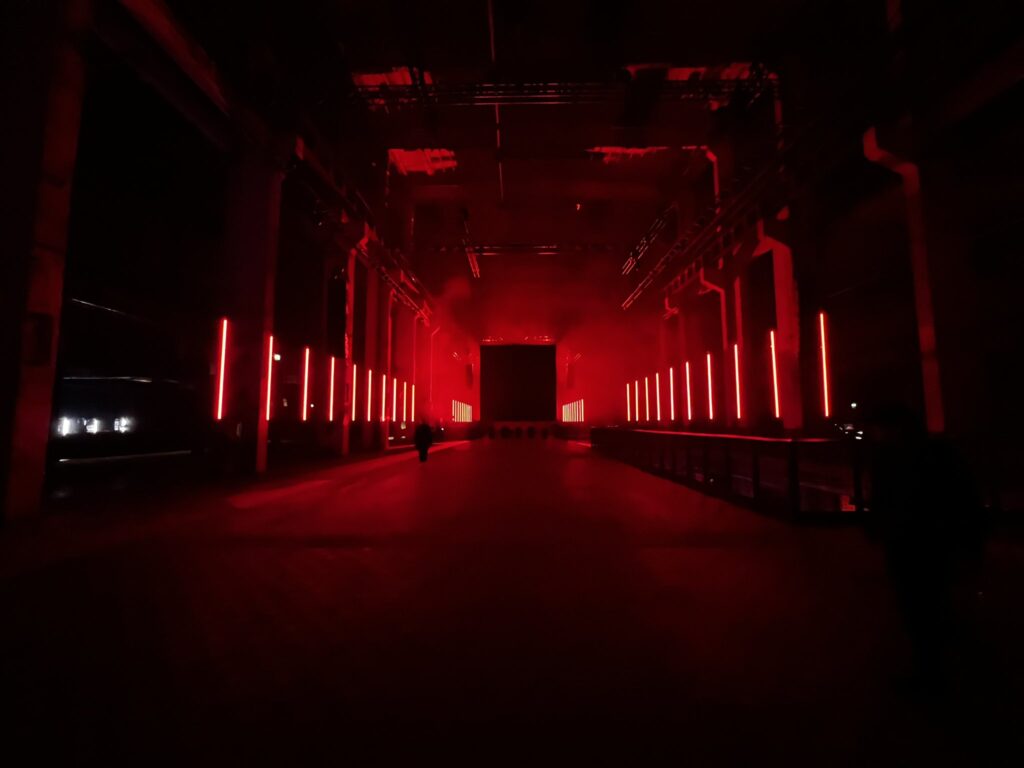
This week i have been part of NFT Art Berlin which is a kind of art festival and experience in one. NFT Art Berlin takes place at the impressive Kraftwerk building in Berlin. In its first life, this 60’s building was used to supply the people of Berlin with heating until 1997.
During the event, my role is to welcome guests to a live ‘minting’ experience. NFT minting is a process of publishing a non-fungible token (NFT) on the blockchain and making it available for purchase. A non-fungible token (NFT) is a non-interchangeable unit of data stored on a blockchain, a form of digital ledger, that can be sold and traded.
I have been asked many questions about NFT’s and how it all works. It is a bit like in the early 90’s trying to explain to people how the internet works. Whether you are starting to get into it or have no idea about it, I believe that sooner or later you will be part of the crypto world. My advice is not to try to understand it but simply go along to these kind of events and just observe. Bit by bit you will start to understand it and find your place.
There are many different ways you can be part of the crypto scene.
NFT Art Berlin is on until April 23rd, you can find me there most evenings ![]() https://kraftwerkberlin.de/en/programme
https://kraftwerkberlin.de/en/programme
NFT Art Berlin – Together we are now
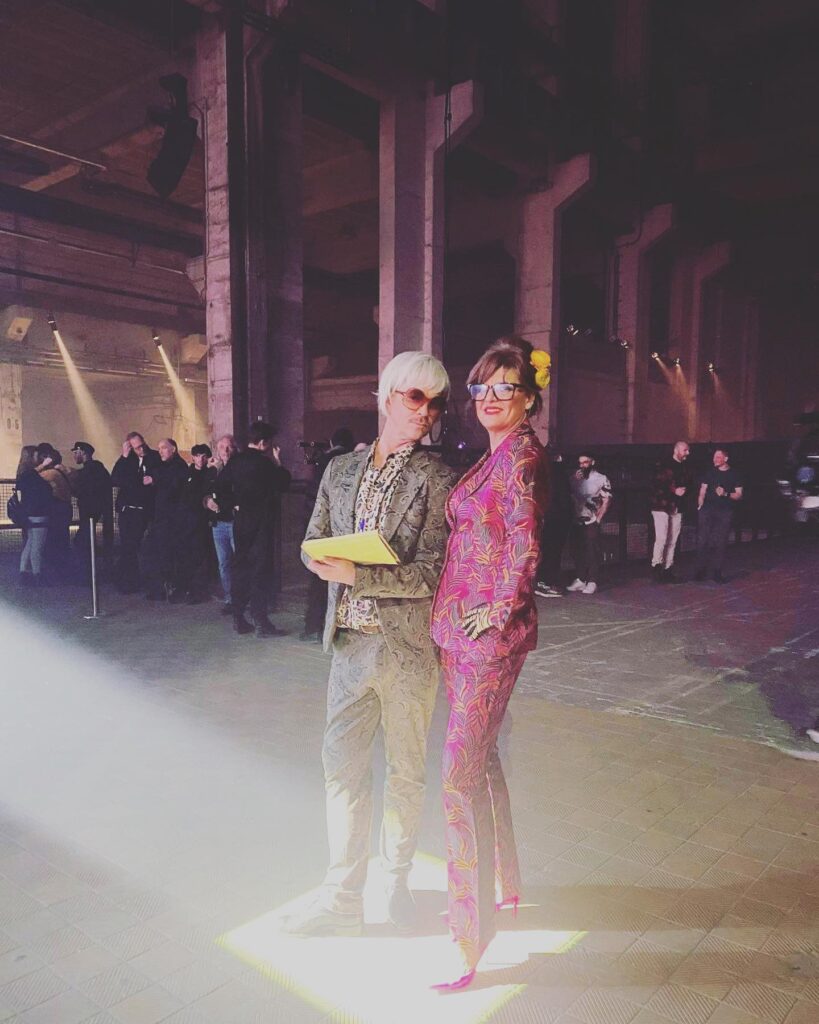
Last night 6th April, NFT Art Berlin opened at Kraftwerk Berlin. Ballery artists Amelia Jane Hunter, Mikey Woodbridge and Lucio Vidal, are part of the experience, welcoming NFT artists who are minting their works LIVE at the venue.
This live minting event is almost a spiritual experience as NFT’s are projected in supreme quality onto a gigantic size which artists get to encounter with an intimate group of guests or alone.
NFT Art Berlin is an extraordinary synthesis of art and electronic music presented by Bright Moments, an international NFT gallery from LA and New York. Every night, hundreds of new artworks will be born and revealed to a live audience in a monumental setting. Each evening will host different artist drops, guest DJs and an audiovisual crypto symphony.
Mikey Woodbridge & The Ballery join NFT Art Berlin
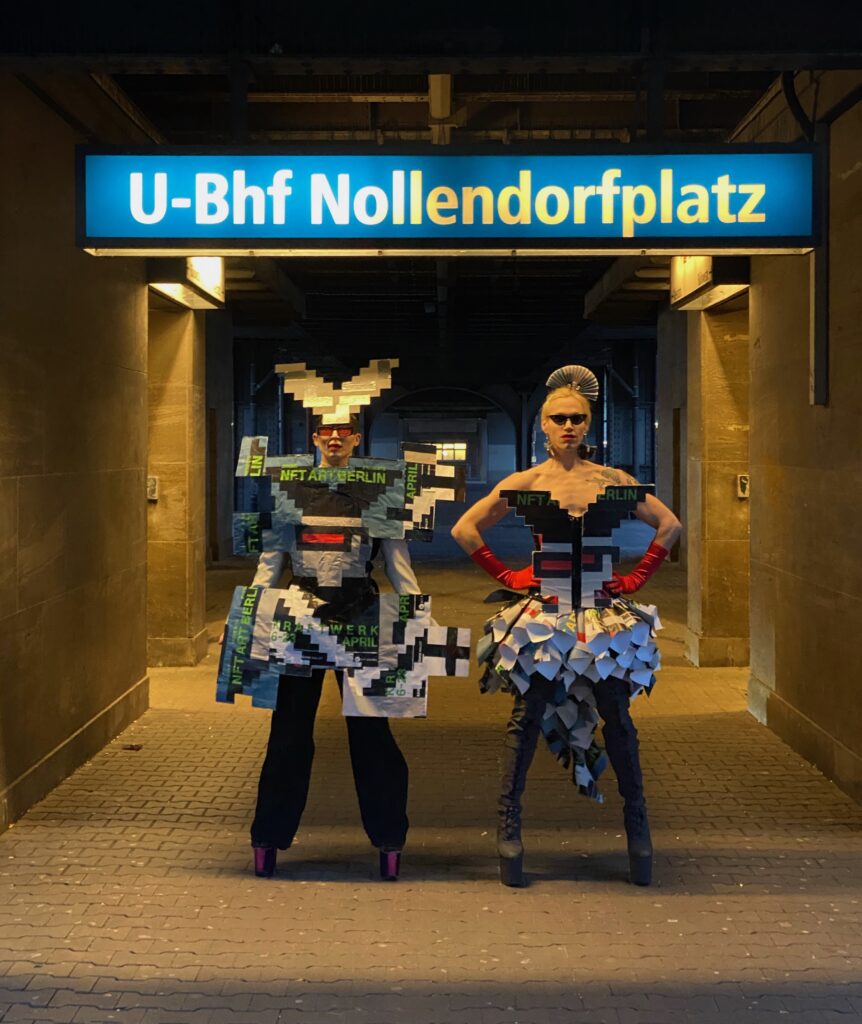
Running over 10 nights @ Kraftwerk Berlin 6-23 April. Ballery artist Mikey Woodbridge and The Ballery joins NFT Art Berlin.

